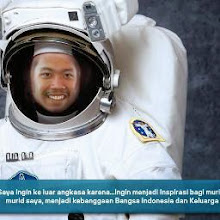The Friedmann–Lemaître–Robertson–Walker metric that is necessary for the Big Bang and Steady State models emerged in the decade after the development of Einstein's general relativity and was accepted as a model for the universe after Edwin Hubble's
discovery of his eponymous law. It was not clear early on how to find a
"universe solution" to Einstein's equations that allowed for a universe
that was infinite, unending, and immutable (scientists of the time
assumed for philosophical reasons the universe should have such a
character).
Even after the development of expanding universe theories,
people would engage in this exercise from time to time when looking for a
replacement for general relativity.
Any alternative theory of gravity would imply immediately an
alternative cosmological theory since current modeling is dependent on
general relativity as a framework assumption. What is included are a
number of models based on alternative gravitational scenarios as well as
early attempts to derive cosmological solutions from relativity.























